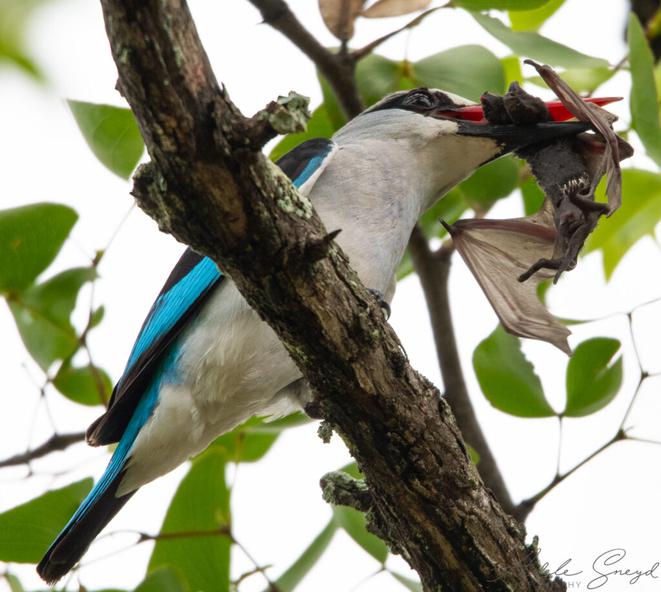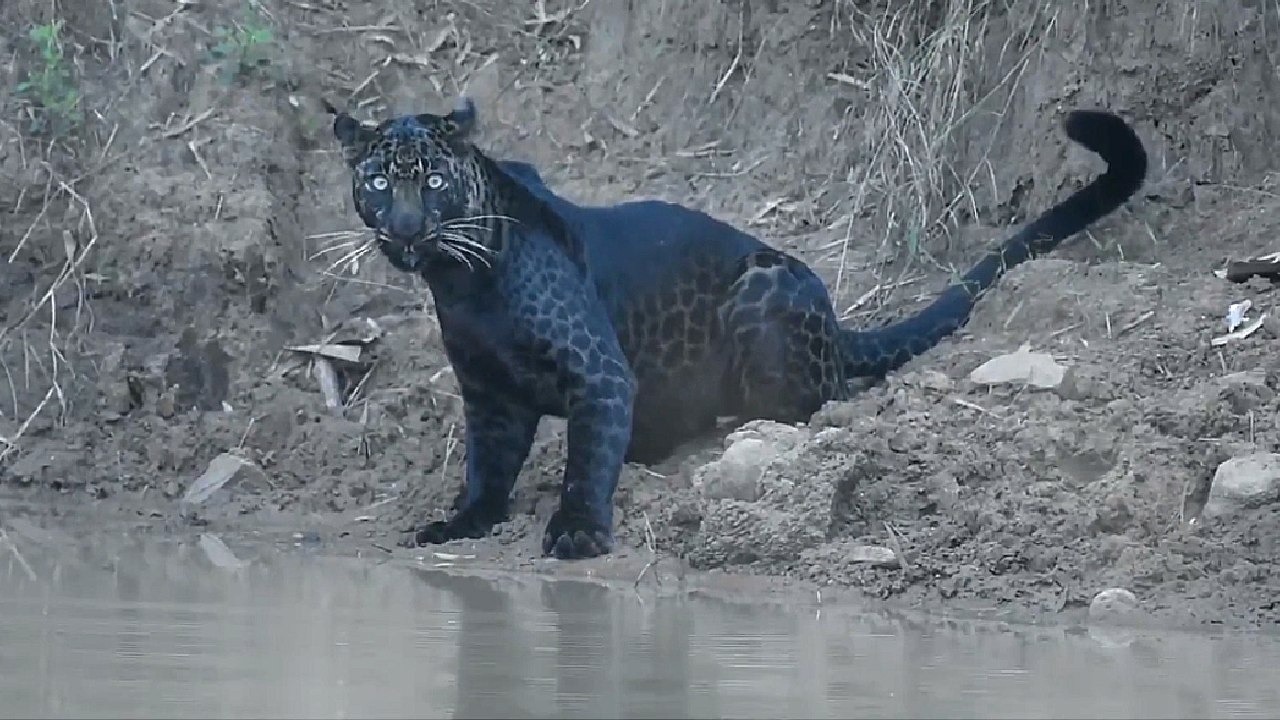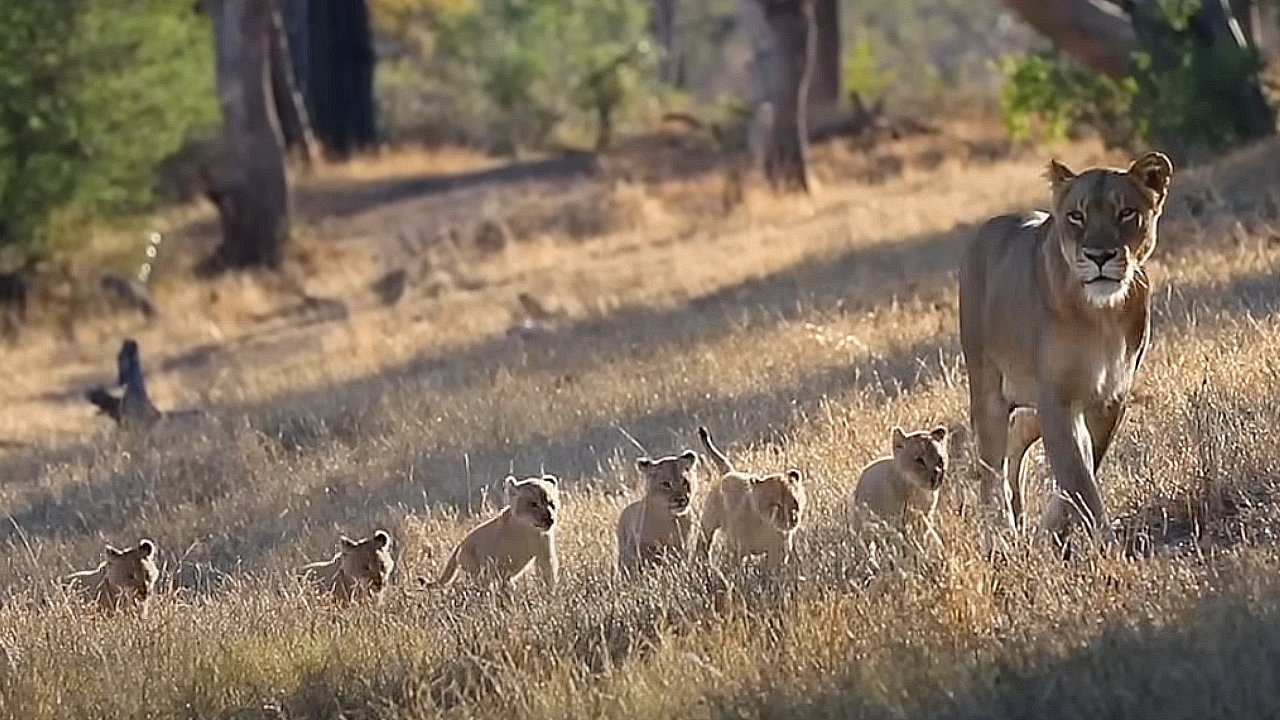This kingfisher caused chaos and excitement just when guests got back to camp, he surprised everyone with his strange catch!’
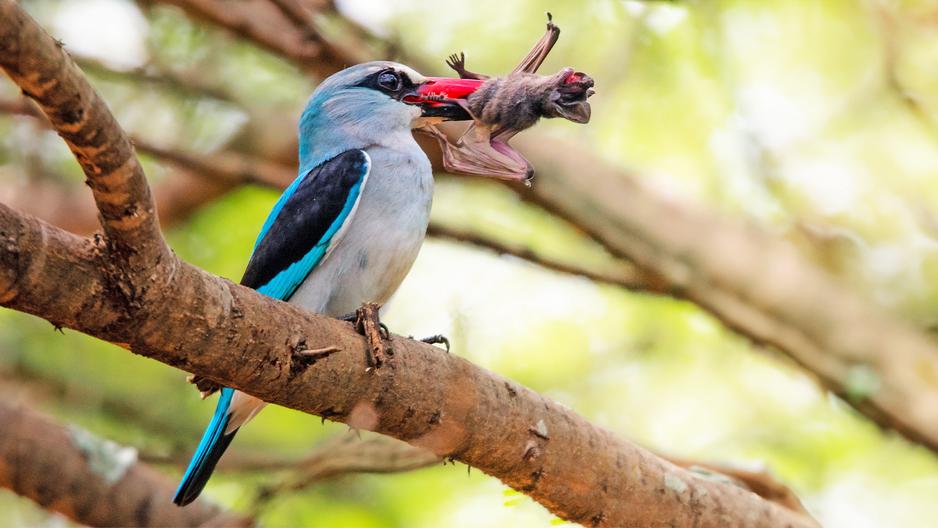
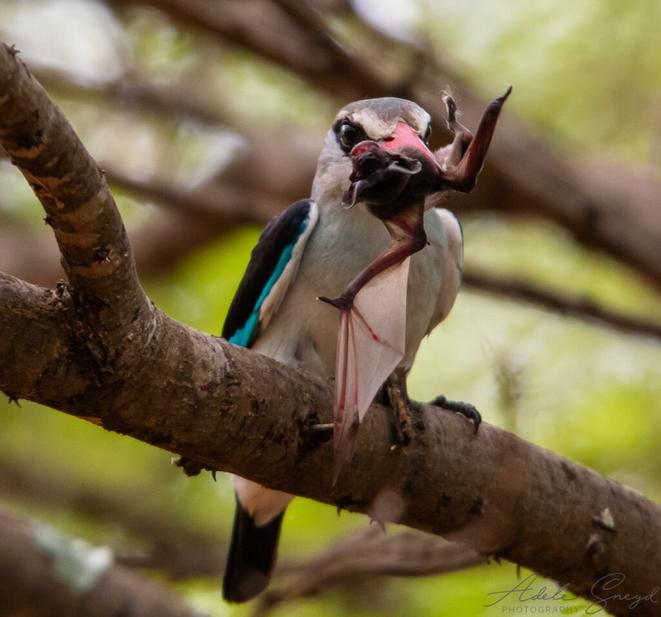
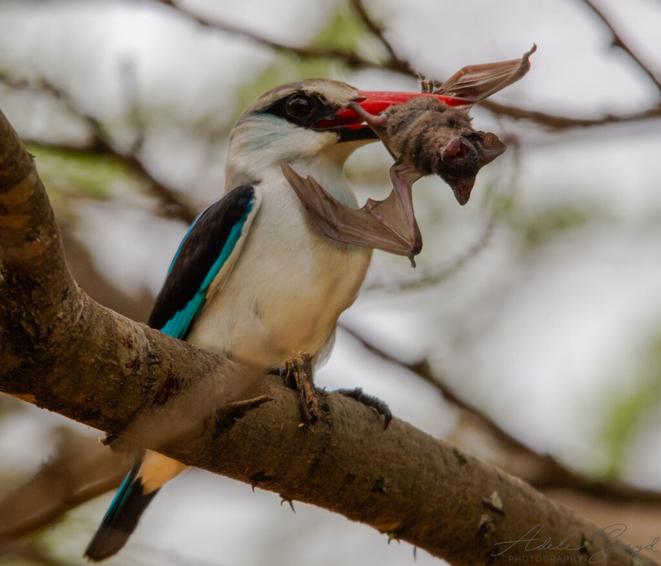
Adele Sneyd had just returned from a morning drive, disheartened by the less-than-ideal lighting conditions for photography. Unpacking her gear on the patio table, Adele’s attention was suddenly seized by some movement in a nearby tree. “I spotted the kingfisher, and at first glance, thought it caught a giant moth. I grabbed the nearest camera and approached the tree. Managing to capture a single shot before the Kingfisher darted to the next tree.”
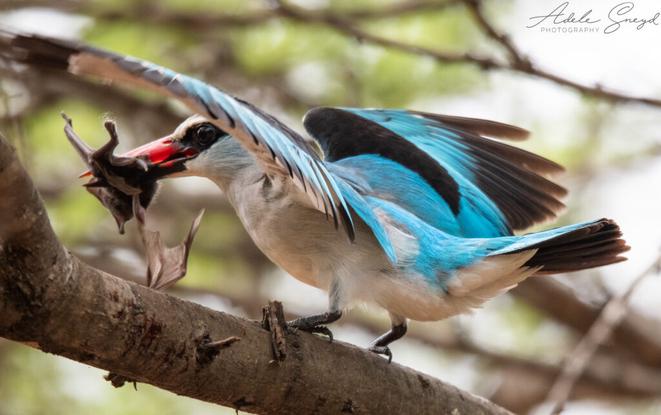
In South Africa, there are many species of kingfishers, and each exhibits a unique range of feeding habits. Many kingfishers are piscivorous, meaning they primarily feed on fish. They dive into bodies of water with precision to catch their prey. However, some species, like the Woodlands Kingfisher , opt for a more versatile diet, incorporating insects, crustaceans, and even small vertebrates into their meals. Each kingfisher species has adapted to its specific environment.
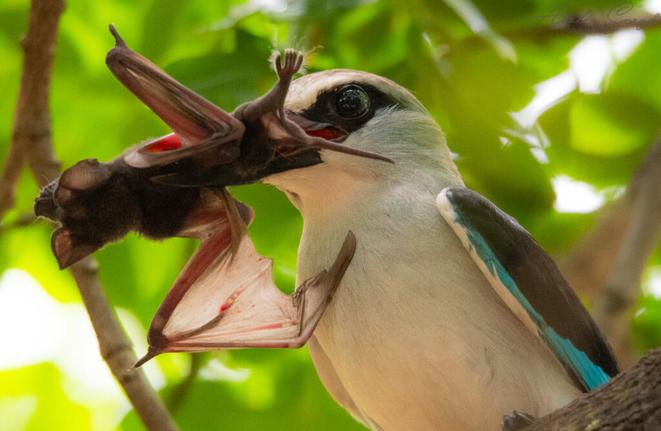
Adele’s excitement grew as she chased the bird, capturing shots as it flew between trees. At this point, she had yet to realize that it wasn’t a moth the Kingfisher had caught but rather a bat. Logan Sneyd, her daughter, who managed to capture part of the sighting, said “It was a wild chase as my mom sprinted after the kingfisher.” I captured as much as I could, fascinated by the unexpected turn of events.”
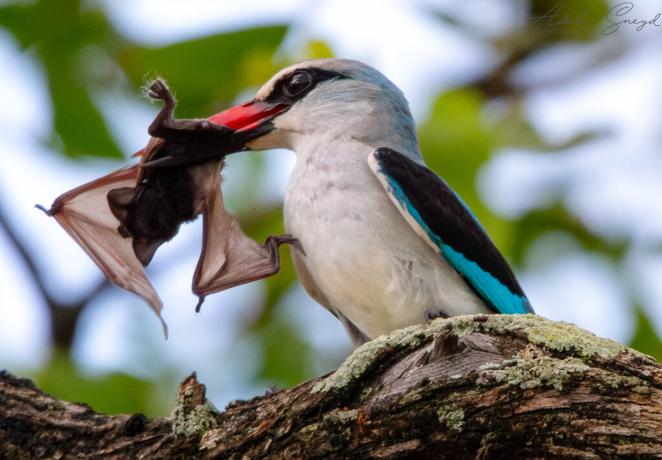
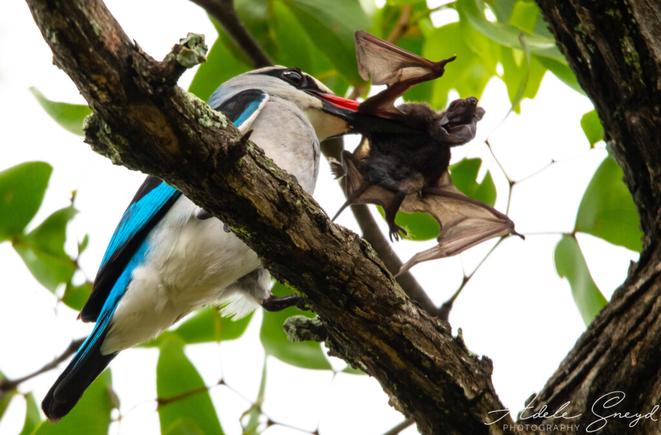
The Kingfisher finally settled on a relatively clear branch, and with the help of her camp manager, Doreen Krause, Adele managed to stabilize her camera despite the weight of the lens. As the scene unfolded before her, Adele realized that the kingfisher was relentlessly bashing the bat against the tree trunk. This interesting behavior continued for a remarkable 15 minutes. Eventually, the exhausted Kingfisher was too tired to continue and dropped the bat into a bush below.
